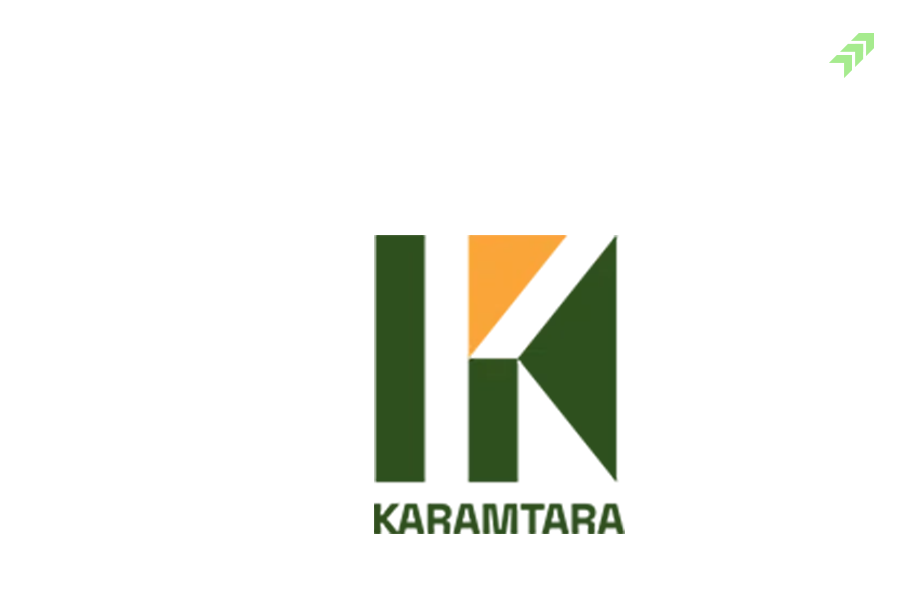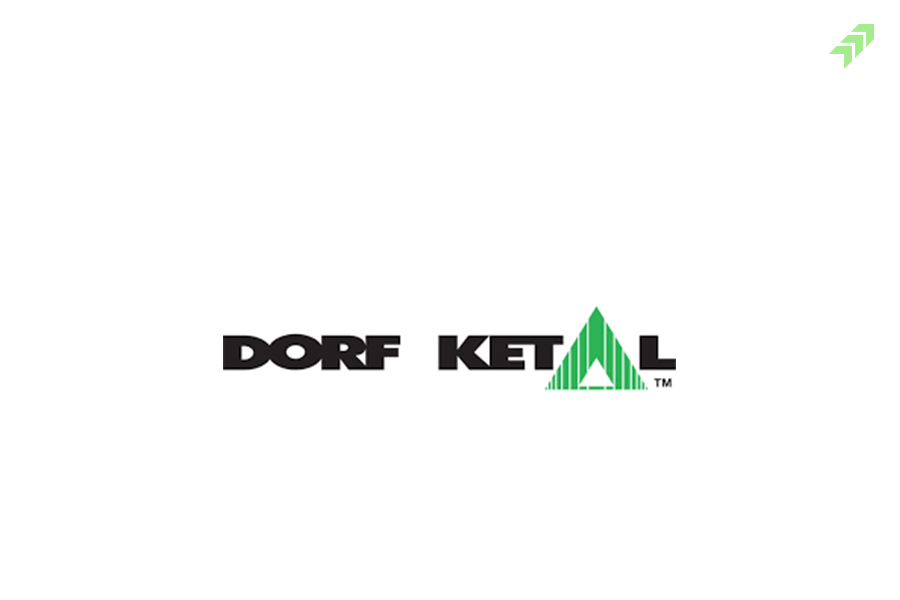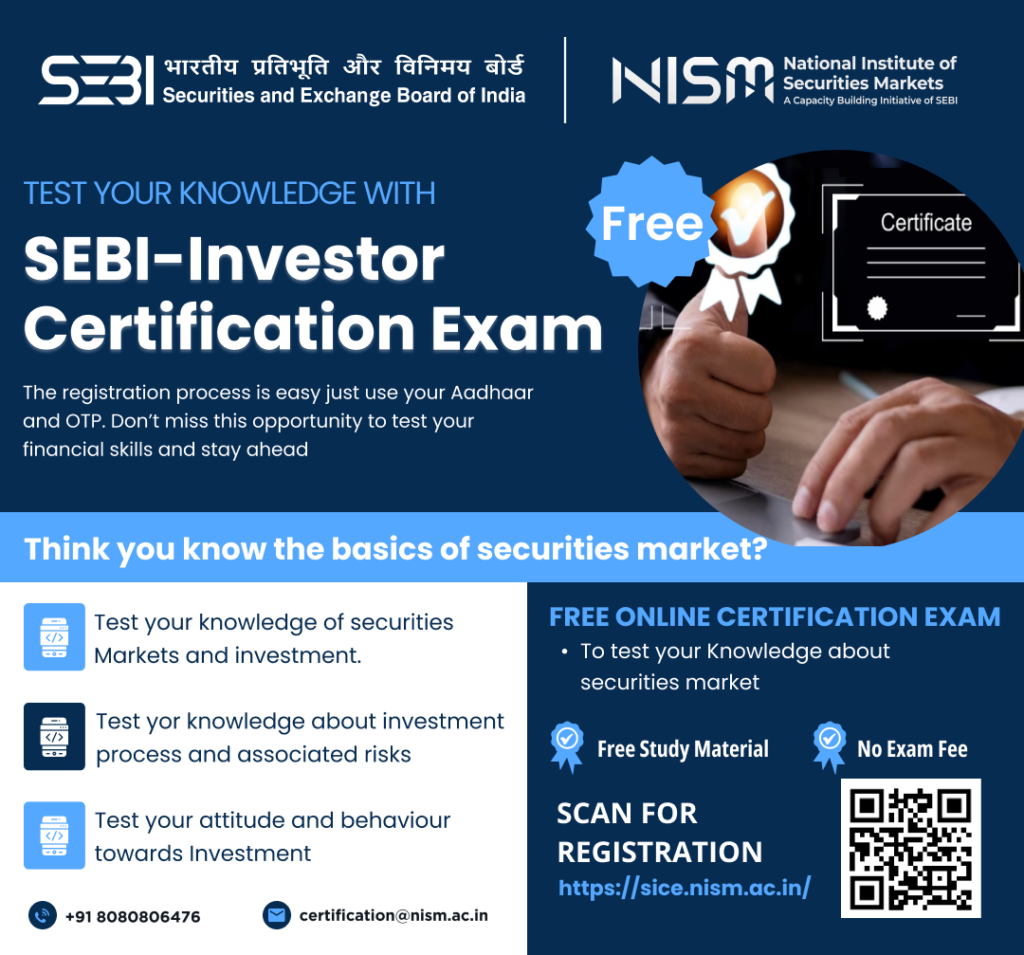External risk factors
The factors that are generally beyond the company’s control are known as external risks. Economic risk, natural risk, and so on is examples of events and risks that cannot be reliably forecasted by an organization.
E-DIS (Electronic Delivery Instruction Slip)
The E-DIS is an integration between brokers and the NSDL Demat Gateway that allows clients to provide consent to debit and transfer securities from their demat accounts towards obligations at exchange arising from trades. Demat account holders can use this service to fulfill their pay-in obligations without having to submit a Power of Attorney to their broker. The E-DIS facility is only available for single-name Demat accounts and not available to joint Demat account holders or NRI Demat accounts. Without providing POA and activating E-DIS facility you won’t be able to place a sell order.
Exit load
An exit load is a fee charged by Asset Management Companies (AMCs) to investors when they exit or redeem their fund units. The exit fee is typically a percentage of the net asset value (NAV) of the mutual fund units held by investors. To discourage investors from redeeming before a certain time period, mutual funds charge an exit load.
Expiration
An expiration date/expiry date in trading is the point at which the contract is settled between the buyer and seller. In other words, a trader will have to either settle in cash or physical delivery or rollover its position to a longer time maturity contract. Following are the maturities of the option/future contract.
Near month (maturing after 1 month)
Middle Month (maturing after 2 months)
Far Month (maturing after 3 months
Before the option expire, the trader has three options to exercise
- Choose to exercise the price
- Close the position in order to realize profit or loss
- Let the contract expire worthlessly
Ex dividend date
It is the date on which the company checks its records to determine which shareholders are eligible for dividend payout. To earn dividend income, an investor must purchase the company’s stock before the Ex-dividend date.
ETF
An ETF, also known as an exchange-traded fund is a pooled investment of assets that functions similarly to a mutual fund. Unlike mutual funds, ETFs typically track a specific index, sector, commodity, etc. ETF prices reflect the Net asset value (NAV) of the basket in which it invests. These funds are passively managed and are listed and traded on stock exchanges. In many ways, ETFs are like mutual funds, except that ETFs are purchased and sold on the stock exchange from existing buyers, whereas mutual funds are purchased and sold, from and to the issuer on the closing price at the end of the day. Mutual funds seek alpha by outperforming a market benchmark, whereas ETFs track and replicate the returns of the relevant index. These fund holds multiple underlying securities rather than just one, so they are a popular option for diversification.
Equity
Equity, also known as shareholders’ equity, is the shareholders’ percentage of ownership in the company. It is the amount of money that would be returned to a company’s shareholders if all of the assets were sold and all of the company debt was paid off in the event of liquidation. It is used by analysts in fundamental analysis to determine the net worth of the company.
Efficient Frontier
A portfolio is considered “efficient” if there is no other portfolio that offers higher returns for a lower or equal amount of risk, which is represented by the standard deviation of the portfolio’s return. The efficient frontier is a curved line because there is a diminishing marginal return to risk. Diversifying your portfolio’s assets results in higher returns and lower risks, resulting in an efficient frontier portfolio. Every possible risky asset combination can be plotted, and the sum of all such portfolios defines a region. This region represents the opportunity set in the absence of a risk-free asset. This region’s positively sloped top boundary is a portion of a hyperbola and is known as the efficient frontier.
It is important to remember that no single efficient frontier exists for everyone. Each one is unique to each investor because it is determined by a variety of factors, including the number of assets in portfolio, the industry domain, and the investor’s risk tolerance.
Considerations for constructing the frontier
- Return Expected
- Variance / Standard Deviation
- The covariance of one asset’s return to that of another
Assumptions of the Efficient Frontier Model
Investors are rational and knowledgeable about all market facts. This assumption assumes that all investors are alert enough to understand stock movements, forecast returns, and invest accordingly. This also implies that this model assumes all investors are on the same page in terms of market knowledge.
- All investors have the common goal: to avoid risk because they are risk averse and to maximise return as much as possible.
- There aren’t many investors who can influence the market price.
- The borrowing power of investors is limitless
- At a risk-free interest rate, investors lend and borrow money
- The markets are efficient
- The assets are distributed normally
- Markets absorb information quickly and act accordingly
Drawbacks
- The assumption that investors have infinite borrowing and lending capacity is incorrect.
- The assumption that assets have a normal distribution pattern may not always be correct. In reality, securities may have to experience returns that are significantly different from their respective standard deviations, up to three standard deviations from the mean.
- When constructing the frontier, real costs such as taxes, brokerage, and fees are not taken into account.
- Some investors may not take rational decisions, while others may be high risk takers.

Emerging market index
Emerging market funds invest primarily in assets from developing markets. These funds invest in debt or equity to provide investors with a well-diversified fund portfolio. The top four emerging markets are Brazil, Russia, India, and China. These funds take advantage of high-return opportunities while also being riskier. Emerging market funds offer a range of risk-adjusted options and are generally appealing investments for growth investors
European contract
It is an option contract (call or put option) that gives the buyer or seller a chance to exercise the contract only at the maturity date. Even if the price of the asset moves in a favorable or unfavorable direction, the holder of the contract cannot take advantage or limit losses.
Efficient-market hypothesis
The efficient markets hypothesis did not become popular until the 1960s, when computers made it possible to compare and calculate hundreds of securities. The hypothesis states that because there are always a large number of buyers and sellers in the market, stocks always trade at their fair value and reflect all information, making it impossible for investors to buy undervalued stocks or sell them at ridiculously high prices, according to the hypothesis. This implies that outperforming the market is unlikely, though passive index investing can match market returns. The validity of the EMH has been called into question on theoretical and empirical grounds.
Variations of the Efficient Markets Hypothesis
- Weak
- Semi-strong
- Strong

20
Per order + Get Instant Pledge Benefits* + Zero delivery Brokerage
10
Per order only (No hidden charges)
Open FREE Demat Account in less than 10 minutes (Commodity & Currency)
20
Per order + Get Instant Pledge Benefits* + Zero delivery Brokerage
10
Per order only (No hidden charges)
Open FREE Demat Account in less than 10 minutes
20
Per order + Get Instant Pledge Benefits* + Zero delivery Brokerage
10
Per order only (No hidden charges)


















